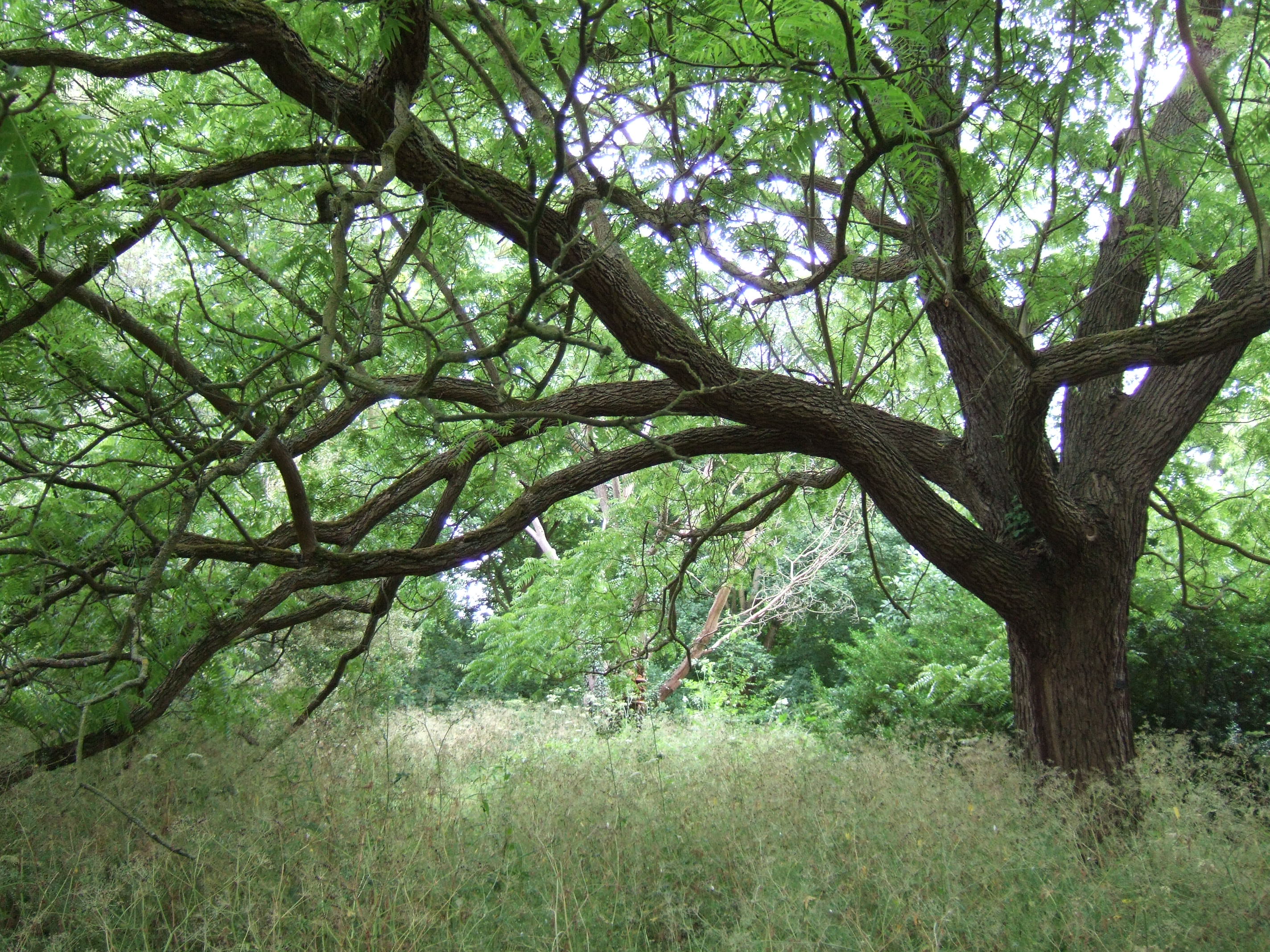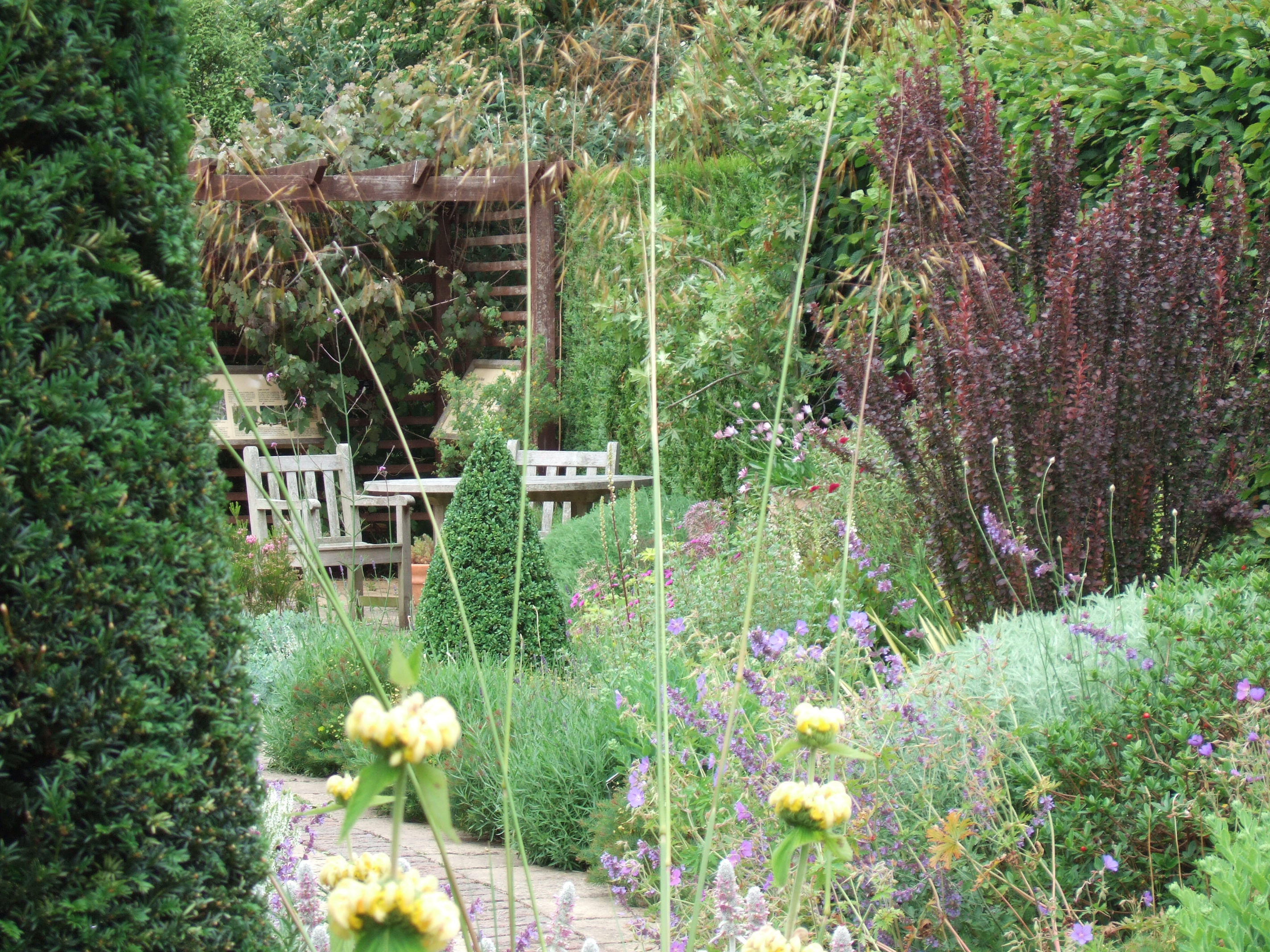57 varieties start here – time to explore
Marketing people are good at snappy messages. I’m not.
I started writing about climate-friendly gardening five years ago. I’m the kind of person who thinks there’s no such thing as too many books, or too long a reading list. When I started, I needed to find out as much as possible. Now, thousands of words later, as many details covered and as many references as I can find, the challenge is turned upside-down: to write about climate-friendly gardening in as few words as possible, so I can share the essentials of what I’ve learned.
I grew up at a time when a certain company still advertised their 57 varieties of processed foods. When I tried to get what I’d learned about climate-friendly gardening down onto a single page of paper, it somehow turned into 57 things for gardeners to do.
Of course each of those things might be subdivided or clumped together in all sorts of other ways, and climate-friendly gardening can be summed up in seven categories, as I’ve done on this website. But out of some childhood nostalgia I thought I’d keep the 57 varieties. I’ll post about one of them each week for the next year. We’ll have to have some bonus weeks with extras if I want to be pernickety and tidy and fit everything into a year, but that’s partly the point: there’s no single answer, no One and Only Truth, no tidy-minded simplification, just lots of ways we can stop being part of the problem and start being part of the solution.
In Britain it’s now the Easter bank holiday weekend, and across the land people will be getting out and about, so I thought I’d start outside our own gardens.
Let’s get out and explore each other’s gardens.
But hold on, I hear you say – what about all the greenhouse gases we’ll burn up if we go and visit gardens? Well, yes, if we burn diesel or petrol and drive there in our cars. Less so if we go by trains or buses, less still if we go in a car powered by electricity from renewables, or by bike, or walk. Most places now give details of how to visit by public transport, and some even charge lower entry fees for people who don’t arrive by car. More importantly, so many gardens are open that we can almost certainly find something near where we live.
We’re incredibly lucky in Britain, because there are thousands of gardens we can visit, and plenty of garden guides to help us find them.
Can we learn about climate-friendly gardening from gardens open to the public? Well, so far very few gardens are explicitly aiming to be climate-friendly, but many gardens are doing things that will help. For example, we can learn about looking after water by seeing how Ventnor Botanic Garden choose plants that will survive just on rainwater, or how Cambridge University Botanic Garden have designed their dry garden. We can learn about looking after soil by seeing the trees, shrubs and ground-cover plants at the Sir Harold Hillier Gardens. Whatever it is, there’s almost always something we can learn – even if sometimes all we learn is that we don’t want our gardens to be like that.
And perhaps there’s something even more important than learning anything specific. When we’re in other gardens, they can inspire us, and remind us what we’re gardening for. If we enjoy and share our gardens, we can rediscover beauty and peace and delight. That’s what we’re all here for, isn’t it? Isn’t that why we want to do something about climate change, because we love the beauty of the world, and the beauty that human civilisation can create?




 Climate-friendly gardening
Climate-friendly gardening